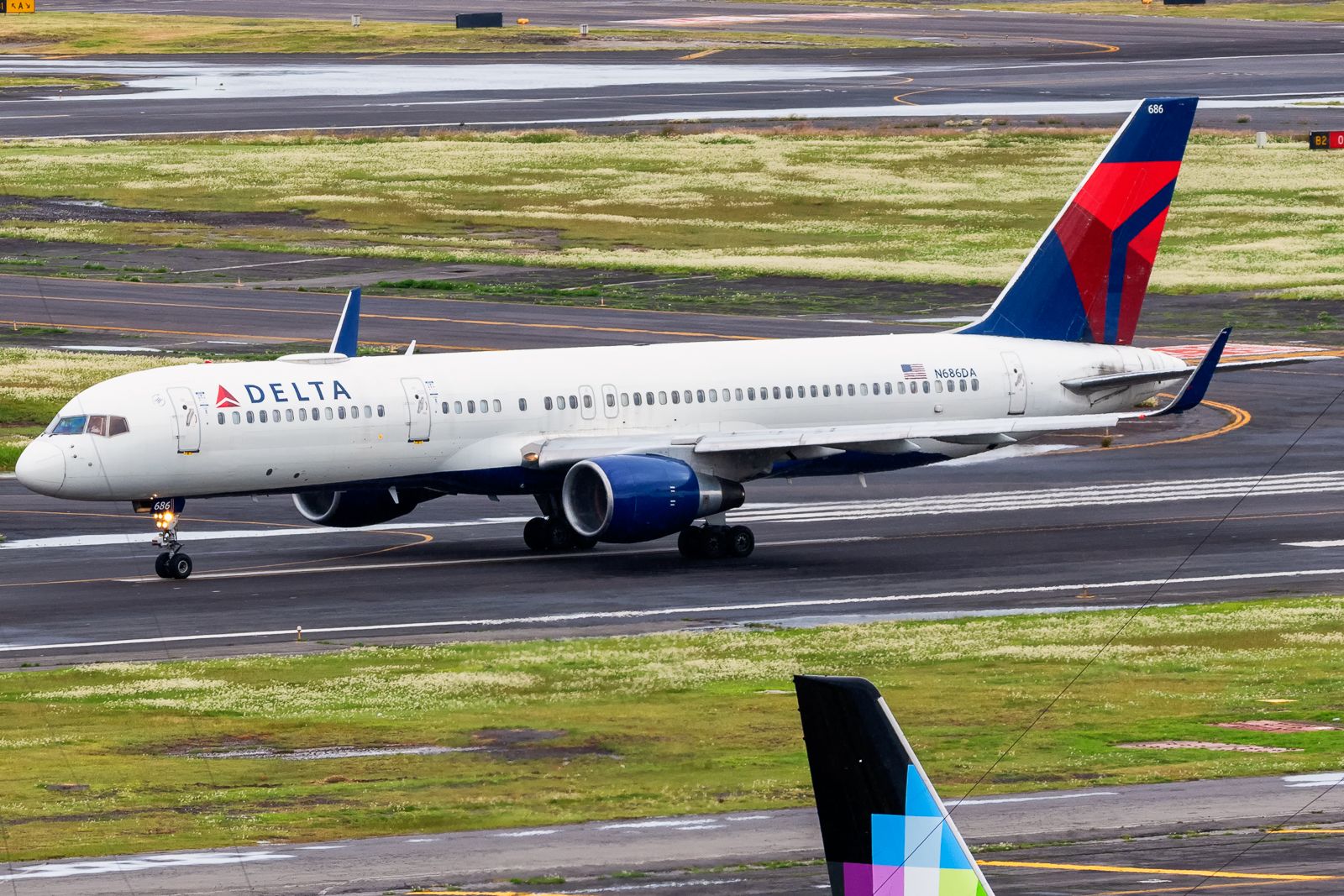Delta Air Lines and LATAM Airlines Group have accepted all conditions and remedies proposed by the Department of Transportation (DOT) to approve the Joint Venture Agreement between both companies. Nonetheless, Delta’s pilots have expressed their objections to the remedies imposed by the DOT. Let’s investigate further.
Accept all conditions
On Thursday, Delta and LATAM applauded the Department for its tentative approval and granting antitrust immunity to the Joint Venture Agreement and related alliance agreement between both companies.
They also accepted all conditions and remedies proposed by the Department, including maintaining current third-party interline agreements, removing exclusivity provisions, a 10-year expiration and reassessment requirement, and removing a capacity constraint clause.
After accepting the remedies, LATAM and Delta asked the DOT to promptly issue a final order approving the Joint Venture. Once that’s done, the companies will be able to “begin delivering the substantial public benefits that will result from deeper, more comprehensive cooperation that can be realized only through their JV.”
Pilots object
Nonetheless, the Delta Master Executive Council of the Air Line Pilots Association (ALTA) objected to the DOT’s tentative approval of the proposed Joint Venture.
According to the pilots, the DOT made a mistake in characterizing the capacity growth allocation requirement as a “capacity constraint clause.”
In its analysis, the DOT proposed “the removal of a capacity constraint clause located in the Joint Venture Agreement, which artificially limits growth during the initial stages of the proposed relationship.” In particular, the DOT seems worried about LATAM’s ability to restore its pre-pandemic capacity levels due to this clause and the airline’s recent Chapter 11 bankruptcy proceeding.
The pilots urged the DOT to leave the capacity growth allocation provision in place. This ensures that Delta and its employees receive a fair share of new flying generated by the Joint Venture.
According to the pilots, the Joint Venture could have commercial effects similar to those resulting from a merger; thus, the two parties will act as a single entity.
“From a competitive standpoint, it makes no difference whether LATAM or Delta operates the incremental service resulting from the JV – only that the service is operated. The Department’s objective should not be to restore LATAM’s stand-alone operation, but rather to enable the JV to restore and grow service beyond that which existed previously,” added the pilots.
What are the benefits of the JV?
Delta and LATAM have been looking for a Joint Venture since May 2020. This strategic alliance would include codeshare agreements between Delta and LATAM’s affiliates in Peru, Ecuador, Colombia, Chile, and Brazil.
Overall, the JV would cover 7,000 city-pair markets; provide new or expanded service on at least 18 nonstop routes; provide approximately US$460 million in estimated annual consumer benefits; optimize connectivity between Delta’s and LATAM’s hub networks; lower prices; create an immunized network which would allow competing against American Airlines and United Airlines networks in the region; and use efficiencies of the combined operations to optimize aircraft utilization, enhance schedules, and lower costs, with a joint sales force to target key customers.
With the JV in place, both airlines estimate it will attract around one million more annual passengers and increase their capacity by more than 68%.
The Joint Venture has already been approved by several South American countries, including Brazil, Chile, and Uruguay.
What do you think about Delta and LATAM’s Joint Venture? Let us know in the comments below.
"accept" - Google News
July 09, 2022 at 09:00AM
https://ift.tt/iLzyv51
Delta & LATAM Accept All DOT Joint Venture Conditions - Simple Flying
"accept" - Google News
https://ift.tt/84IcJvY
https://ift.tt/JAZPdjb
Bagikan Berita Ini
















0 Response to "Delta & LATAM Accept All DOT Joint Venture Conditions - Simple Flying"
Post a Comment